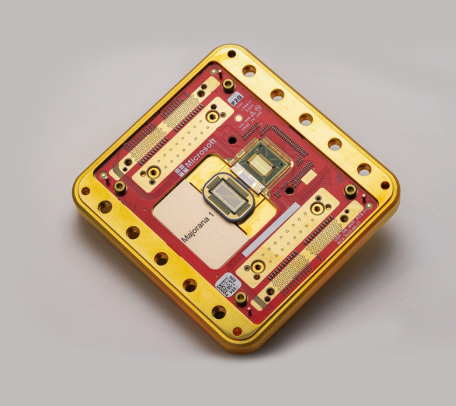“I’d come to see my rig for what it was: an elaborate contraption for deceiving my senses, to allow me to live in a world that didn’t exist.” – Earnest Cline, Ready Player One.
Virtual reality headsets such as the Oculus and the Meta Quest are an important milestone in the rush to create more realistic, more believable simulations of the modern world. From battlefront games to corner store managers, the purpose of VR is to deceive the human eyes that there truly is a digital world.
The foundations of virtual reality lay back to the 19th century, when in 1838 Sir Charles Wheatstone discovered the effects of stereopsis, a mental function. Stereopsis is how we view 3d objects in the world. Each eye sees a different image of your surroundings, and your brain takes those images and pieces them together to see multidimensional representations of the objects.
The first, albeit stationary, VR machine was the Sensorama. An invention of the filmmaker Morton Heileg, it played movies using a stereo view to induce the appearance of 3d objects. A precursor to the 4d cinemas we have today, the machine had the capability to produce artificial wind, vibrations, and even smell. It wasn’t truly a headset, as it was the size of a closet and didn’t have motion-tracking capabilities.
Not surprisingly, the first headset capable of motion was produced for the military by two engineers, Comeau and Bryan circa 1961. The headset, connected to a swiveling camera, was meant to let soldiers recon dangerous areas while sitting in the safety of their base.
VPL Research, founded by Jaron Lanier and Thomas Zimmerman, was the first to develop marketable headsets in 1985. These headsets had motion tracking and allowed the user to interact with the virtual world using gloves attached to the computer.
Finally, in 2012, Palmer Luckey launched a kickstarter to gain funding to produce the Oculus Rift, the first of the modern VR headsets. The kickstarter campaign didn’t just succeed; the Oculus company was bought by Facebook for 2m in 2014.
The culmination of years of research and development, VR was originally meant to be used in the military or in the cinema. However, virtual reality is now used to immerse online gamers in the most cutting-edge and realistic versions of their digital games. While virtual reality was created over many decades, we are in the age of a VR boom, with better and more integrated headsets coming out year by year.








